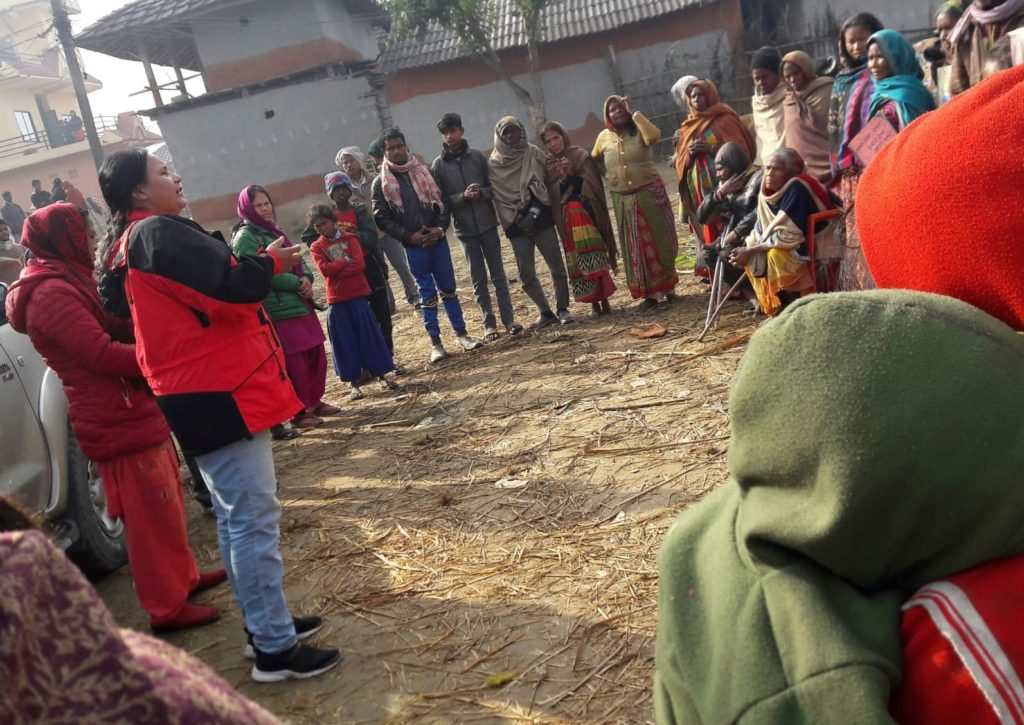The Indus River traverses the vast plain of Pakistan from the Punjab region to the coast near Karachi where it empties into the Arabian Sea. The river has supported intensive farming through the use of irrigation and canals. Southeast of the valley, the Thar Desert extends into India. This arid land supports scattered camel-breeding tribes. To the west of the valley, a dry mountainous region is inhabited by farmers and nomads.
Prior to the creation of Pakistan in 1947 as the British ended its colonial domination of the subcontinent, there was never a distinct political unit that governed the area. Instead, there were a variety of states and kingdoms that ruled parts of it. Pakistan was created as a separate Muslim state when India was created as a predominantly Hindu nation. For over twenty years Bangladesh was part of Pakistan, called East Pakistan. Because it, too, was Muslim it was combined with Pakistan. However, Bangladesh fought for and won its independence from Pakistan in 1971. During the partition, Muslims migrated to Pakistan and East Pakistan and Hindus abandoned their holdings in these areas and migrated to India. The disruption of over 8 million people led to deep unrest. The early years of nationhood were marked by violence in the Punjab where militants on both sides massacred hundreds of thousands. The dispute over Kashmir erupted in war because the Hindu prince of the Muslim region had cast his lot with India instead of Pakistan. The Kashmiri people generally want to not be part of India, they are divided about whether they want independence or incorporation into Pakistan. This dispute and the intermittent warfare between India and Pakistan have continued into the twenty-first century. Both nations are now armed with nuclear weapons and have threatened to use them. In 2003, both nations seemed to be moving toward dialogue and away from violence. A political settlement, when it comes, will be only the beginning of creating a meaningful peace and stable society.
From its independence in 1947 into the 1990s, constitutional disputes regularly marked Pakistani politics. Government after government, some dictatorial and some more democratic, failed to successfully address the issues and govern the nation. In 1998, General Pervez Musharraf came to power in a bloodless coup d’etat. He has ruled dictatorially, but promised democracy. In 2001, when the U.S. invaded Afghanistan in its War on Terrorism, Musharraf was a much needed ally, but has also been subject of attempted assassinations for supporting the U.S.
Recent domestic challenges in Pakistan include long periods of drought. In some areas 90% of the livestock died of thirst and starvation. Humans dependent on these animals have abandoned farms. Despite increasing mechanization, human muscle still runs many of the farms along the Indus River. Other industries include textiles, food and beverage processing, construction, paper and shrimp.
Pakistan is home to approximately 149,900,000 people. Islamabad is the capital and is home to about 250,000 people. Urdu is the official language, but English is widely spoken among the educated and several other languages are common, including Punjabi, Sindhi, Pashtu, and Balochi. Ninety-seven percent of the population is Muslim (Sunni 77%, Shi’a 20%). There are small populations of Hindus and Christians.
Population (2014 est) – 196,174,380
Area – 494,700mi
Capital – Islamabad
Ethnic Background
- Punjabi 44.68%
- Pashtun (Pathan) – 15.42%
- Sindhi – 14.1%
- Sariaki – 8.38%
- Muhajirs – 7.57%
- Balochi – 3.57%
- Other 6.28%
Exports – textiles (garments, bed linen, cotton cloth, yarn), rice, leather goods, sports goods, chemicals, manufactures, carpets and rugs
Imports – petroleum, petroleum products, machinery, plastics, transportation equipment, edible oils, paper and paperboard, iron and steel, tea
Life Expectancy (2014 est) – M 65 years, F 69 years
Infant Mortality (2014 est) – 57.48 deaths/1,000 live births
Adult Illiteracy Rate – 45.1%

